What are some examples of successful adaptations to macro-environmental changes?
Successful adaptations to macro-environmental changes include businesses that have pivoted to new business models or markets in response to external factors. For example, many companies transitioned to e-commerce platforms in response to declining physical store sales during the COVID-19 pandemic. Another example is companies that have adopted remote work technologies to adapt to changing work environments. These adaptations demonstrate how businesses can realign their strategies and operations to thrive amidst macro-environmental shifts.
Question related to this presentation:
Macro Environment Analysis Presentation
Workforce Planning is essential for aligning human resources with market demands, helping businesses adapt quickly. Without it, both companies and employees suffer. The challenges of managing talent have increased due to factors like talent shortages, changing demographics, and economic shifts. Companies are now under immense pressure to optimize their workforce to survive and thrive. Workforce Planning enables businesses to make informed decisions about hiring, training, and resource allocation. By aligning their talent strategy with evolving market needs, organizations can scale up efficiently, downsize responsibly, and upskill their teams to stay competitive in a rapidly changing environment.
Download this presentation:
Download Powerpoint PPT
Download Google Slides
Download Apple Keynote
Presentation Preview
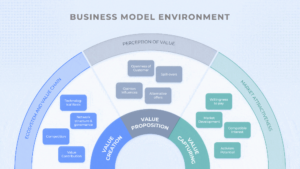
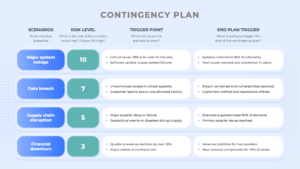
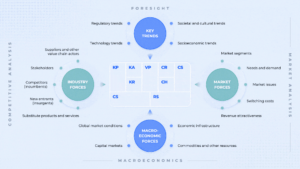


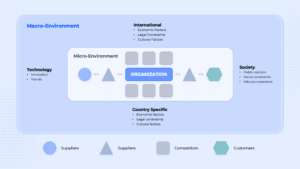
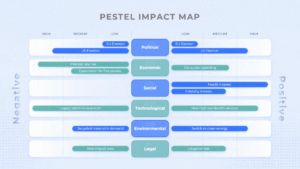

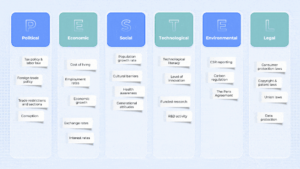
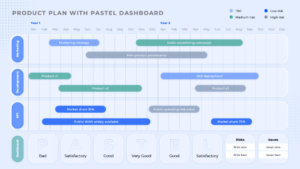

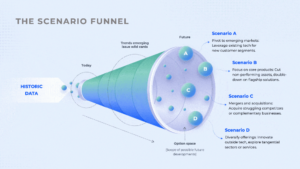


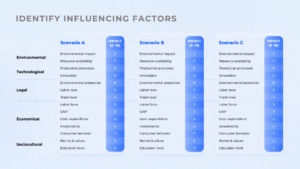
Download Macro Environment Analysis Presentation:
Download Powerpoint PPT
Download Google Slides
Download Apple Keynote
Related:
Stakeholder Analysis Presentation
Sales Strategies Toolkit
Process Optimization Presentation
Team Scheduling Presentation
Common pitfalls in macro environment analysis include failing to consider all relevant factors, which can lead to incomplete insights. Not updating the analysis regularly can result in outdated information that does not reflect current conditions. Additionally, not integrating the findings into strategic planning can render the analysis ineffective. Businesses should ensure a comprehensive, up-to-date, and actionable analysis to effectively address external challenges and capitalize on opportunities.